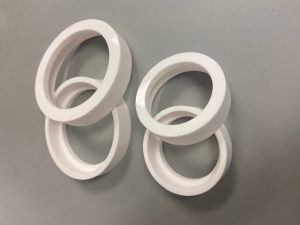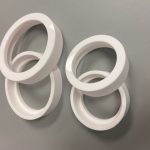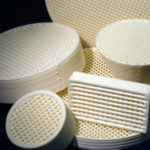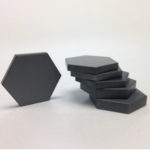Frequently Asked Questions
Aluminum oxide is a chemical compound of aluminum and oxygen with the chemical formula Al₂O₃. It is the most commonly occurring of several aluminum oxides. Aluminum oxide material is the most commonly used ceramic material in the chemical, medical and wear industries.
Aluminum oxide is produced by washing the rocky material bauxite with a hot solution of sodium hydroxide (NaOH). The aluminum hydroxide (Al(OH3)) that is produced in this reaction is then heated to drive off water, producing aluminum oxide.
It is highly resistant to thermal shock and chemical attack even at raised temperatures. These properties are why aluminum oxide stands out as the material of choice for low-cost production and manufacturing requirements. It’s lower cost combined with good thermal, wear and corrosion performance make it an ideal choice for most Industrial Applications.
Mechanical Seal Faces, Wear Tiles, Body Armor, Laboratory Ware, and Wear Components are made with aluminum oxide.




